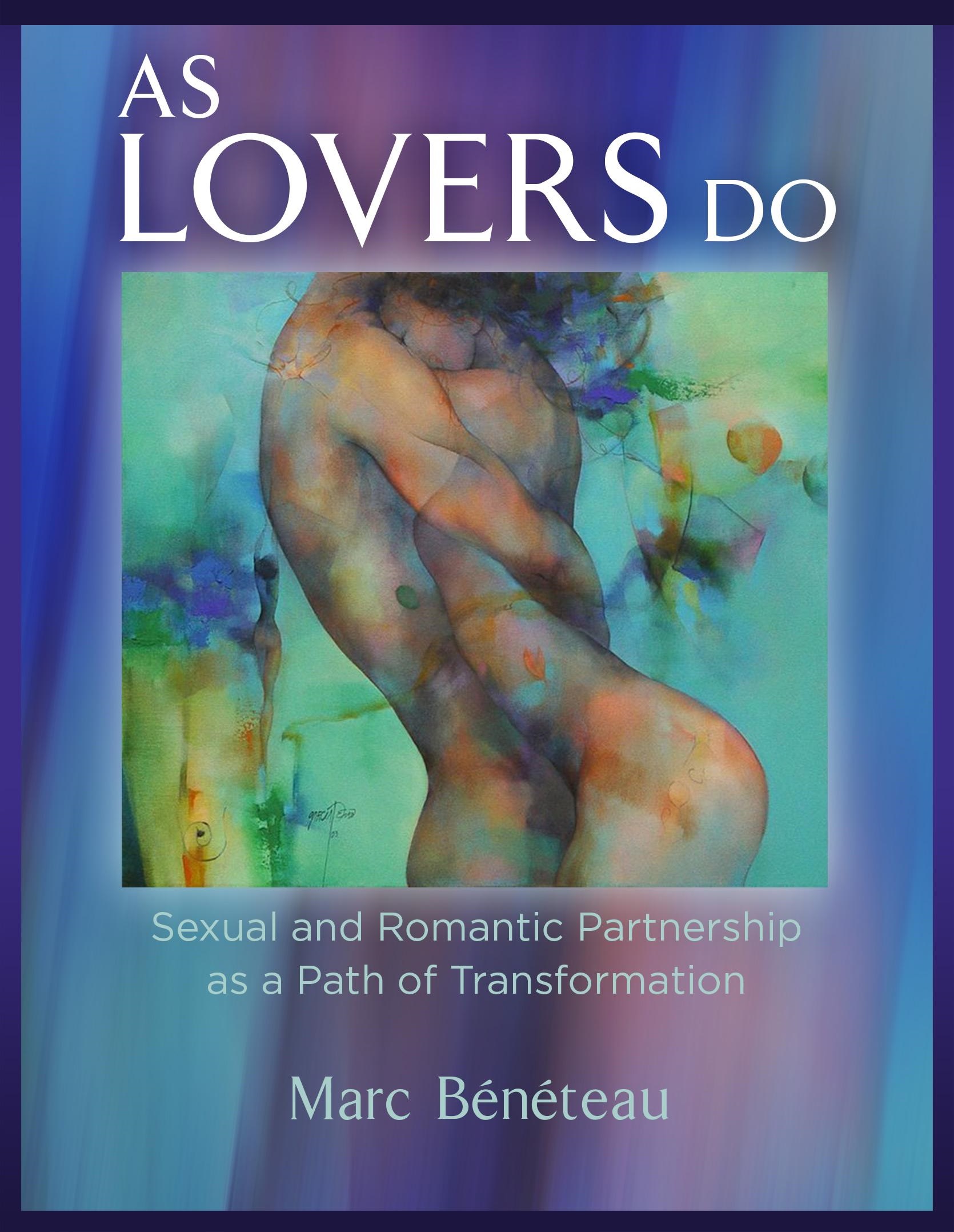Eugene Gendlin’s Focusing is an early form of “Circling” (somatic awareness / “welcome everything” / contextualization of experience) dating back to 1982. Focusing happens between two people, a guide and a “client” (or “circlee”). The beauty and power of Focusing is that it can be taught to anyone in roughly 15 minutes, and it is quite likely that a powerful insight can emerge in that time (although 30 minutes is better, especially for people without a lot of emotional self-awareness). Focusing is quite simple and very powerful. Focusing should be in the “tool kit” of all relational leaders, whether they be formal or informal. I practice it myself, frequently, both with friends and as a variation of self-circling.
I am copying an article below from Creative Edge Focusing that describes the process quite well. Print this out and use it as your guide, until you have memorized the practice.
____
Description of Gendlin’s Six Step Focusing Process
First, I will describe Gendlin’s process, then I will walk you through some actual instructions below. Here are Gendlin’s six steps for use of this inner, meditation-like problem-solving process in a self-help way:
- Clearing a Space: setting aside the jumble of thoughts, opinions, and analysis we all carry in our minds, and making a clear, quiet space inside where something new can come.
- Getting a Felt Sense: asking an open-ended question like “What is the feel of this whole thing (issue, situation, problem)?” and, instead of answering with one’s already-known analysis, waiting silently as long as a minute for the subtle, intuitive, “bodily feel” of “the whole thing” to form.
- Finding a Handle: carefully looking for some words or an image that begin to capture the “feel of the whole thing,” the Felt Sense, The Creative Edge: “It’s ‘jumpy;'” “It’s scared;” “It’s like the dew of a Spring morning;” “It’s like macaroni and cheese – comforting,” “It’s like jet propulsion! Something new that needs to spring forth!”
- Resonating and Checking: taking the Handle words or image and holding them against the Felt Sense, asking “Is this right? Is it ‘jumpy’?, etc. Finding new words or images if needed until there is a sense of “fit”: “Yes, that’s it. Jumpy.”
- Asking: asking open-ended questions (questions that don’t have a “Yes” or “No” or otherwise fixed or “closed” answer) like “And what is so hard about that?” or “And why does that have me stuck?” or “What was so beautiful about that moment?” or “And how does this apply to everything else?” and, again, instead of answering with already-known analysis, waiting silently for the whole-body-sense, the Felt Sense, to arise.
At each Asking, the Focuser also goes back to steps (2), (3) and (4) as necessary, waiting for the Felt Sense to form, finding Handle words, Resonating and Checking until there is a sense of “fit”: “Yes, that’s it.” This often physically-felt experience of tension release and easing in the body, this sense of having found the right words, is called a Felt Shift by Dr. Gendlin. Dr. McGuire calls it a Paradigm Shift It can be a small step of “Yes, that’s it” or a larger unfolding, a huge insight, with many pieces of the puzzle suddenly falling into place and a flow of new words and images and possible action steps. Sometimes there is also a flood of tears of acknowledgment and relief or the release of other pent-up emotions. This is an Instant “Ahah!”. - Receiving: at each new step, each Felt Shift, taking a moment to sit with the new “intuitive feel,” simply acknowledging and appreciating your own inner knowing for this new insight. Then, you can start again at step (5), Asking another open-ended question, (“And what is so important about this?”; “And why did that have me stuck?”; “And where does my mother come into all of this?”, etc.). And, again, step (2), waiting for the Felt Sense to form, step (3) finding a Handle, step (4) Resonating and Checking until there is a Felt Shift, a sense of “That’s it!”, another Instant “Ahah!”.
A First Attempt: Find Out What Is Bothering You
Set aside at least 30 minutes for this first attempt. Remember, Focusing is a skill usually taught in 10 two-hour classes or two weekend workshops —so, if it doesn’t work for you immediately, don’t give up! Find a nearby teacher from the Focusing Institute Listings (www.focusing.org ) or arrange for phone sessions with Dr. McGuire or another Creative Edge Consultant at http://www.cefocusing.com/store/products.php?cat=8 .


